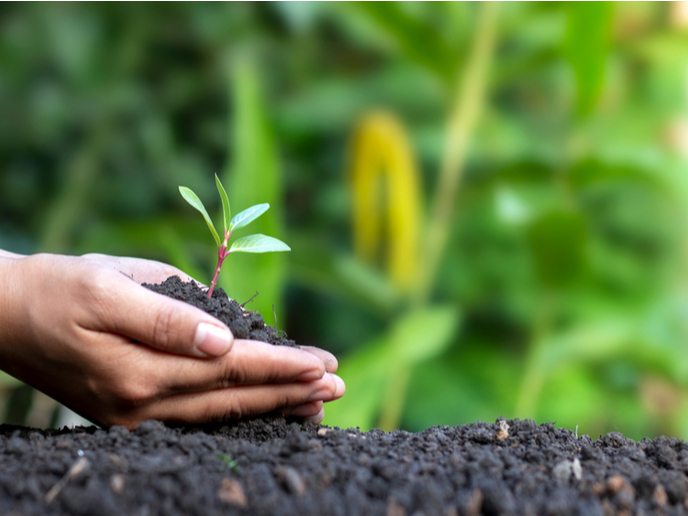Turning the clock back on desertification
Almost every day there is news about how desertification on the planet is increasing and how soil quality is decreasing, phenomena that exacerbate global warming and threaten our environment. Yet these controversial reports from around the world present and assess conditions in very different ways, prompting a need for a unified set of standards for a more accurate picture. The EU-funded project 'Indicators and thresholds for desertification, soil quality, and remediation' (INDEX) embraced the challenge of developing assessment indicators for soil loss, salinity, plant communities and other desertification-related characteristics. In line with the EU's thematic priority of FP6, Global Change and Ecosystems (GCE), the project studied desertification and land degradation to develop a new set of viable indicators that can accurately monitor related global change. The project team noted that existing indicators are generally useful in monitoring the status quo over long periods of time and could help in crisis assessment. However, these indicators were not conducive to risk prevention and remediation of desertification. In parallel, many respectable organisations, including the United Nations Convention to Combat Desertification (UNCCD), have emphasised the urgent need for more effective indicators and cost-effective early warning systems. INDEX therefore gathered knowledge from previous initiatives and studies to establish indicators that apply to different timescales and landmass sizes. It specifically developed indicators that examine the soil's ecological quality rather than just catchment levels, exploiting disciplines like molecular biology, genetic diversity, enzyme dynamics, soil physics and rheology among others. In a more holistic approach to indicator development, the project team collected samples over two years from different locations to build a set of parameters beyond the classical ones in use. These parameters were then tested for their viability, opening the door for more effective means of assessing soil quality. Ultimately, the EU's leading role in this field should provide governments around the globe with new, standardised parameters that will help confront and remedy soil degradation and desertification.







